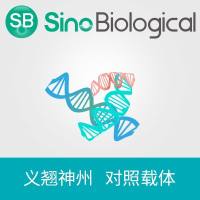Developing Extrachromosomal Gene Expression Vector Technologies: An Overview
互联网
679
Extrachromosomal, or episomal, vectors offer a number of advantages for therapeutic and scientific applications compared to integrating vectors. Extrachromosomal vectors persist in the nucleus without the requirement to integrate into the host genome, hence avoiding the recent concerns surrounding the genotoxic effects of vector integration. By avoiding integration, episomal vectors avoid vector rearrangement, which can occur at integration, and also avoid any effect of surrounding DNA activity on transgene expression (“position effect”). Extrachromosomal vectors offer a very high transgene capacity, allowing either the incorporation of large promoter and regulatory elements into an expression cassette, or the use of complete genomic loci of up to 100 kb or larger as transgenes. Whole genomic loci transgenes offer an elegant means to express genes under physiological and developmental-stage regulation, to express multiple transcript variants from a single locus, and to express multiple genes from a single tract of genomic DNA. The combined advantages of episomal vectors of prolonged transgene persistence in the absence of vector integration, avoiding silencing by flanking heterochromatin, and high capacity, facilitating delivery and expression of genomic DNA transgenes, will be reviewed here and potential therapeutic and scientific uses outlined.








